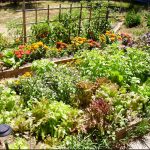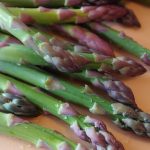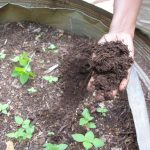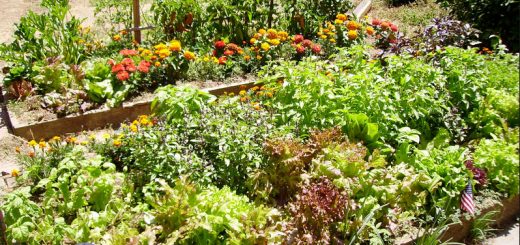Getting the best out of your seed catalogs
Table of Contents
Seed catalogs can be your user’s guide to the garden, giving you information on how to plant, harvest dates and a pool of other necessary information.
Whether you like reading them online or in print form, seed and nursery catalogs provide information that can immensely increase output on the vegetable and orchard gardens. At first reading, catalogs may just look like collections of beautiful pictures, but don’t be deceived.
Once you know the importance of growing information seed catalogs contain, they begin to look more like reference books to you which you will always take along with you wherever you go and even carelessly drop them in the mud.
Seed companies and nurseries cherish their annual catalogs, and each catalog has a personality replicating the company’s heritage, expertise and consumer services to their customers. Technology and tastes are bound to change, but a compilation of old seed catalogs shows that some companies have survived for a century and beyond. Generations of experience are part of what is being used to compile garden catalogs, so read them carefully and follow the instructions therein.
Basic Growing Information Contained in Seed Catalogs
Most seed catalogs contain the following basic information:
Names/Nomenclature: Together with the plants’ common names, seed catalogs will provide schedules containing the botanical (Latin) names of individual plants. When comparing plants or seeds from various sources, the seed catalog will be useful because it contains botanical names of various plants or seeds. You are assured of getting accurate information, as some plants may have numerous common names or multiple plants sharing the same common name.
When to Plant: Different seeds/plants with different planting season (winter or summer), and planting your seeds/plants at the appropriate date makes a whole lot of difference in the success of your crop. Some seeds only grow in the warm soil of summer or early fall, while others only grow in the cool soil of early spring or late fall.
How Deep To Plant: Just like the planting time/year, depth of planting also matters. Lettuce seeds, for instance, must be planted practically on the soil surface or they won’t germinate at all, while garlic cloves and seed potatoes are planted some inches deep for optimum results. Catalogs will help you to avoid guesswork.
Spacing: You do not need to over-plant, as it wastes your seeds and money. Instead, use catalogs to find out how close to plant seeds. Similarly, many seedlings should be thinned early in the growing process to give maturing plants the required space.
Germination Rate: Radish seeds are known to germinate within a few days of planting, while crops like carrots and parsley appear to take longer time to spring up from the ground. When you know the germination time of your seeds, you would be able to plan your garden structure; place fast-growing crops on the front portion for easy reach and slower growing plants occupy the back portions of the garden.
Days to Maturity: Here’s one of the most important piece of information you need for garden planning and bountiful harvest. A catalog will provide a list of reliable harvest times, which can begin from 20 to 120 days or more. Knowing preceding maturity days can also assist you to plant in sequential manner so that you’d have crops ready for harvest over a long period rather than having too many all at once.
Seeds per Packet or Ounce: Another planning tip (seeds per packet), combined with the length of rows in your farmland, can tell you how many packets are needed. Some companies list seeds per ounce. Whichever way is good; just ensure you calculate well and save more money by buying the right amount.
Other Seed Catalog Features
Other features of seed or nursery catalogs include:
- Photographs or Illustrations: How nice to see what your garden plants will look like at maturity, from beans to greens, and from turnips to tomatillos. Nursery stock for fruit trees, fruiting vines and bramble fruits can add long-term beauty to the landscape.
- Shipping Times: Some crops are only shipped in spring or fall and must be planted promptly. Catalogs will inform you about special ordering and delivery times so you can have beds prepared.
- Seed Viability: In some cases, seeds can retain their viability—the ability to germinate—for many years, but sometimes seed viability lasts only a year.
- Frost Tolerance: For gardeners everywhere, it’s helpful to know if plants can tolerate sub-freezing weather and still keep producing. Northern gardeners may need to plant during a narrow window of time, while southern gardeners may be able to plant for year-round harvest.
- Companion Plantings: Catalogs often sell seeds for flowers that do well alongside your herbs and vegetables. Double your pleasure by enjoying crops and ornamentals together.
- Accessories and Books: Many seed and nursery suppliers sell their favorite garden tools, soil supplements and books.
- Planting Guides: A particularly helpful feature is a complete planting guide that lists planting times and all other relevant information in a table or chart.
Think of seed and nursery catalogs as garden tools. They can be every bit as important as shovels and watering cans.
Featured Image: credit to tinyfarmblog.com
Source: UrbanFarmOnline.com


















